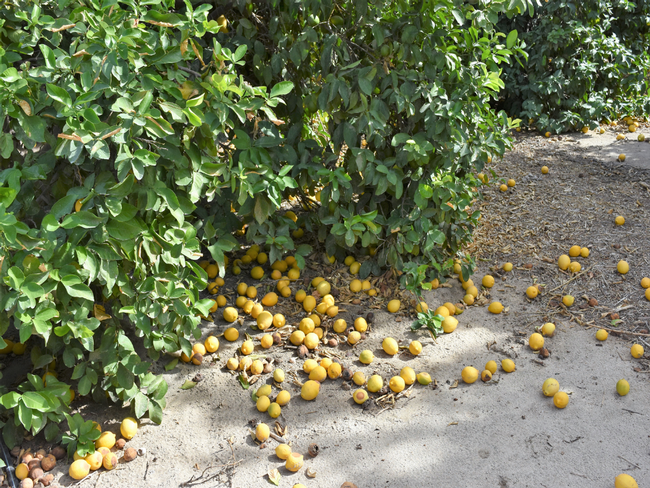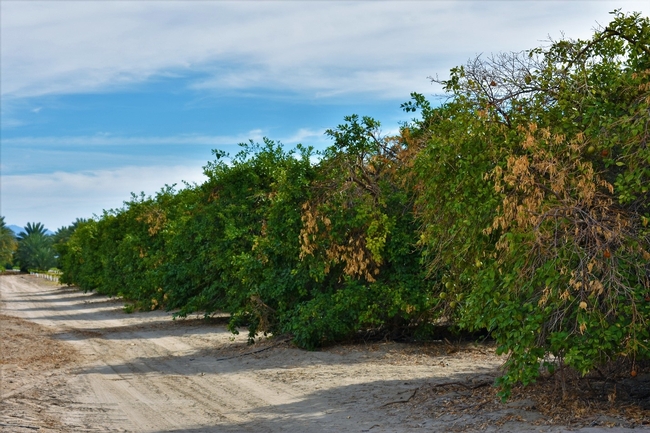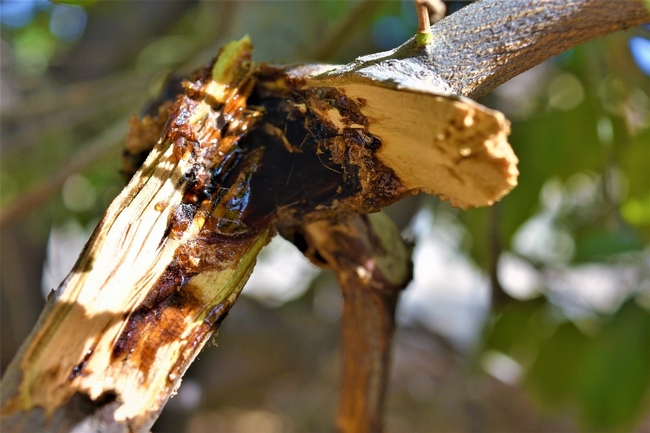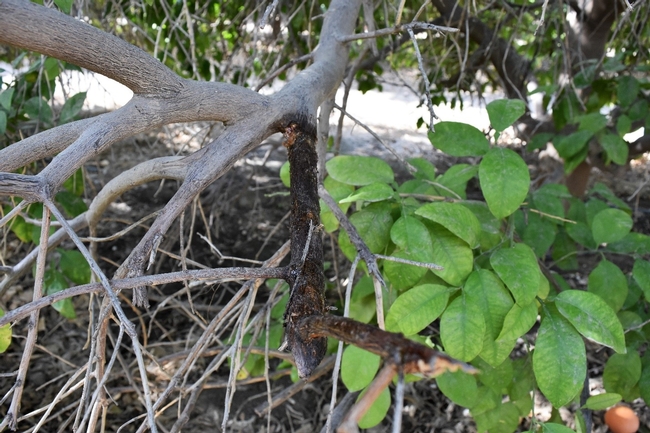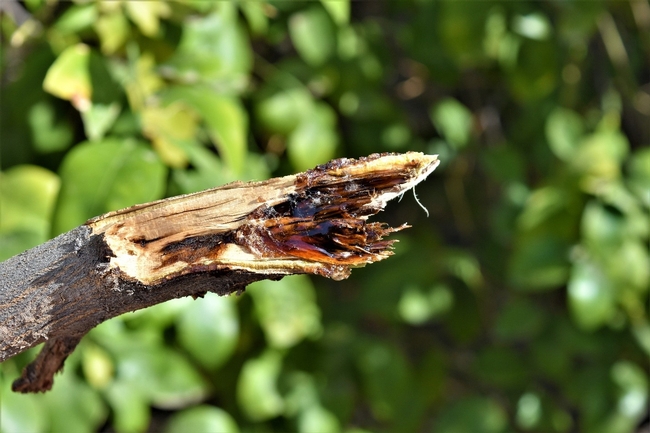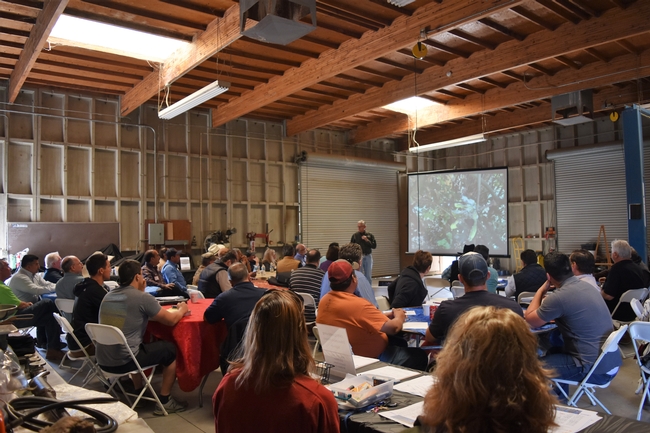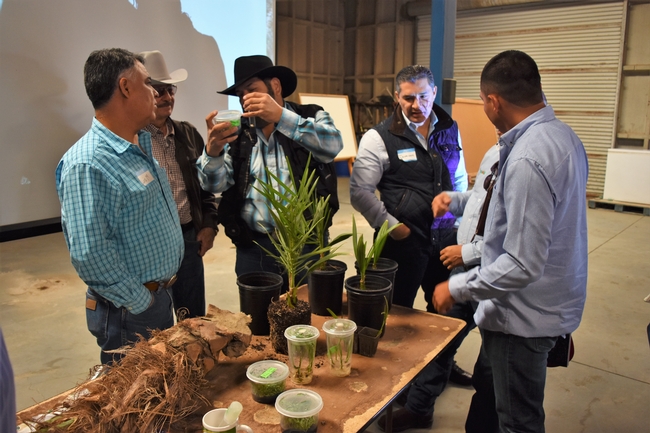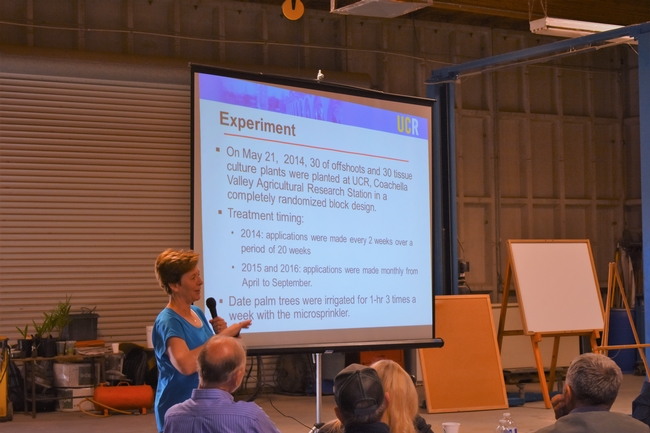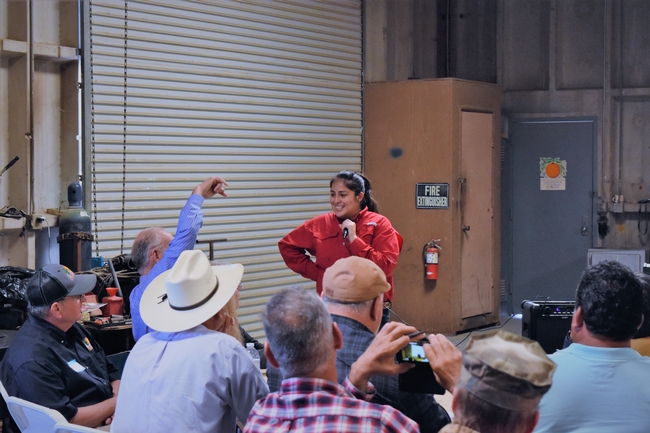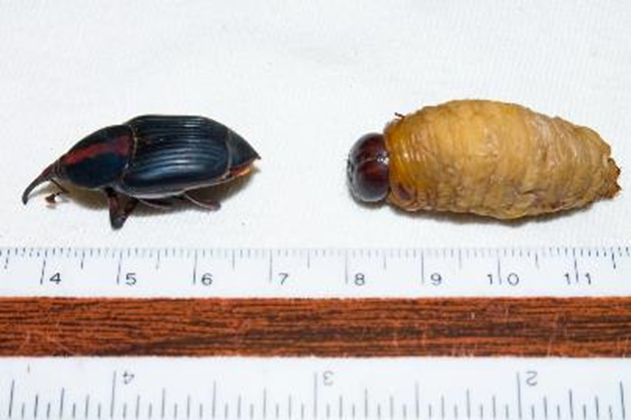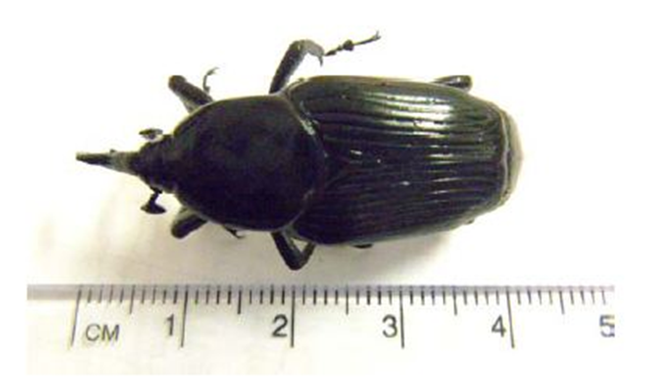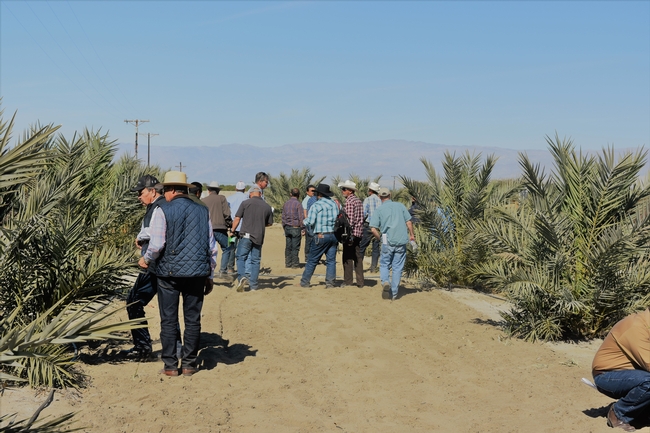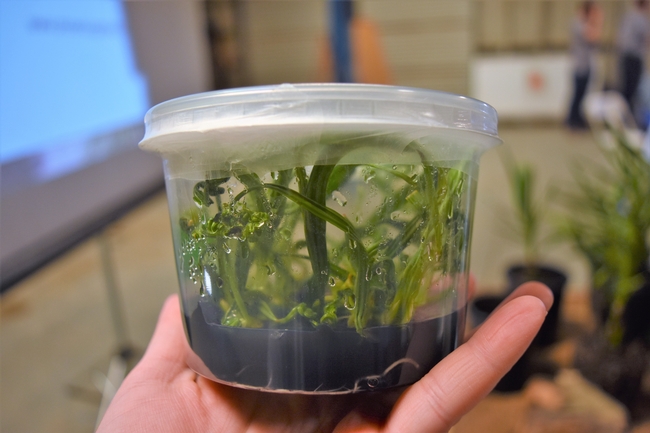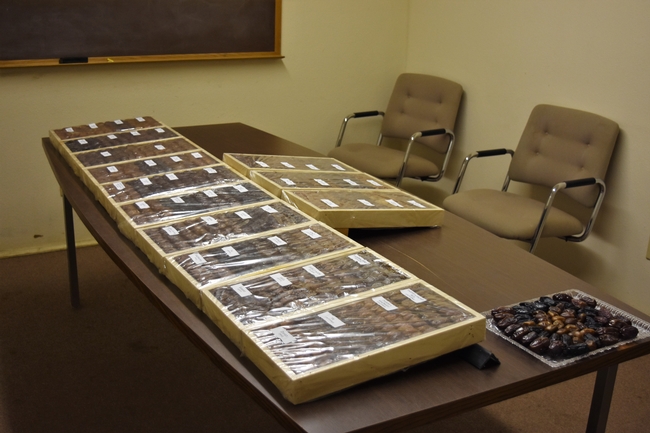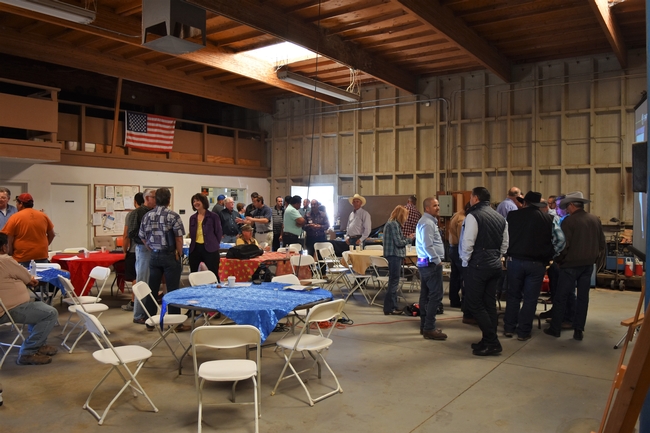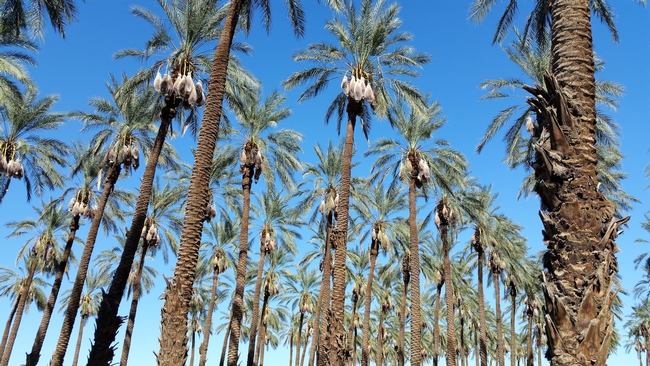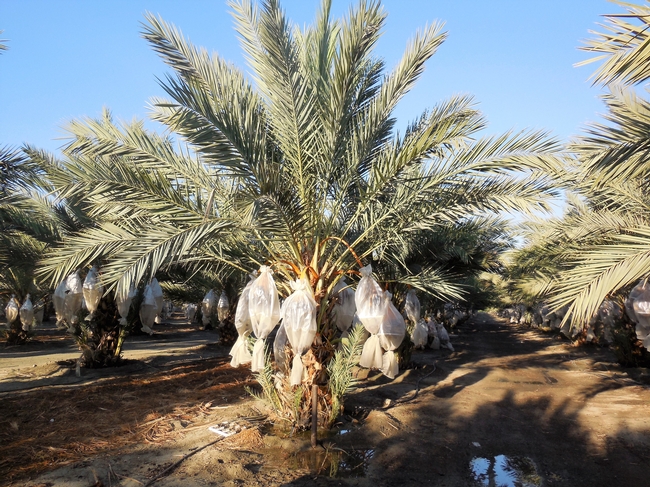
Posts Tagged: Coachella
DESERT LEMON FRUIT DROP GROWER ROUND TABLE DISCUSSION
In the fall of 2015 and 2916, growers in the desert regions reported excessive fruit drop. Particularly in the Coachella Valley, Imperial County, and in Yuma, Arizona. The cause of the fruit drop is unknown. Come learn more about the current situation and find out how you can help resolve this issue.
SEPT. 12, 2017 – INDIO, CA
Noon-1pm Ciro's Resturante & Pizza, 81963 CA- 111, Indio, CA 92201 Lunch will be provided
Lemon Growers in the desert regions are highly suggested to attend
Will be in attendance: Sonia Rios, UC Farm Advisor, Peggy Mauk, UC Specialist, Tracy Kahn, UCR Specialist, Ben Faber, UC Farm Advisor and Alan Washburn
Please RSVP for this Free Event:
http://ucanr.edu/survey/survey.cfm?surveynu
If you have any questions, please contact Sonia Rios: sirios@ucanr.edu; 951-683-6491 Ext. 224
Case Study: Branch Canker and Hendersonula Diseases Troubling Growers in the Desert
In the fall of 2016 growers in the Coachella desert have been experience very puzzling symptoms on their grapefruit trees. One incident, symptoms the tree had gumming oozing from the branches (Fig. 1). Usually if it were oozing from the stump it would be a root disease such as Phytophthora spp. After photos and branch samples were taken to the Plant Pathologist at University of California, Riverside, Dr. Akif Eskelan, results determined that the trees had branch canker and Hendersonula Disease.
Symptomology
Infection by Nattrassia mangiferae (Hendersonula toruloidea) causes bark cracking and peeling or dead bark that remains tightly attached to dead limbs. Black, sooty growth may develop beneath infected bark. Brownish moist areas appear on limbs during the first stages of disease, then the bark in these areas cracks or peels away revealing black masses of fungal spores (Fig 4.). In advance stages, the injured limbs may “bleed” profusely, oozing a sap like sticky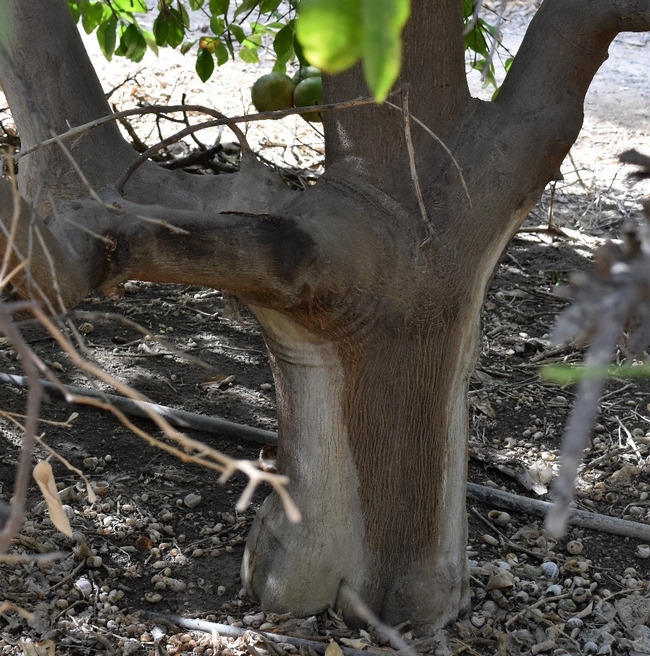
Management
Trees weakened by a disease, water stress, nutritional deficiencies, excessive pruning/mechanical damage create a are more susceptible. As many of these stressors can cause a tree to get sunburned and creates wounds that can serve as infection sites for this pathogen. Prevent sunburn by maintaining vigorous canopies through best management practices http://fruitandnuteducation.ucdavis.edu/generaltopics/ . Proper irrigation, fertilization, pruning, and pest control. Look for symptoms annually right after harvest while there are still healthy leaves on trees. Remove diseased limbs, cutting back to a lateral branch into healthy wood that shows no discoloration. Burn all infested wood, do not chip and use infected wood as mulch.
Additional Resources can be found at:
http://eskalenlab.ucr.edu/handouts/desertdieback.pdf
2017 Date Field Day: A Success!
The University of California Cooperative Extension (UCCE), UC Riverside, United States Department of Agriculture/Agriculture Research Service (USDA/ARS), and the California Date Commission hosted a Date Field Day on February 15, 2017 at the UC Riverside Coachella Valley Agricultural Research Station. It was a full house that day, with approximately 55 Growers, farm managers, and other date stakeholders. The field day included a field research plot tour, lunch, and Continuing Education hours where available for attendees.
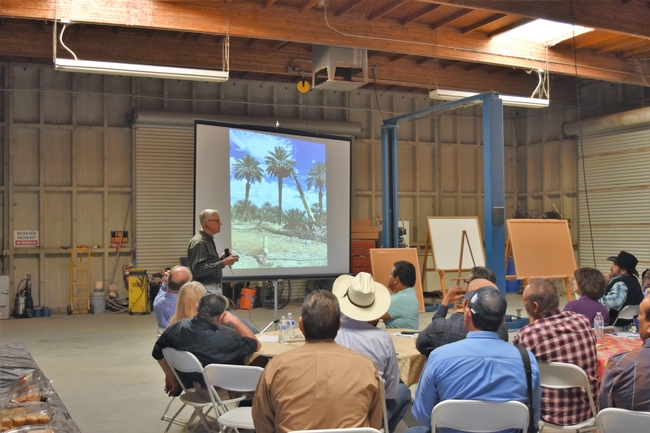
Robert Krueger, Citrus and date researcher Riverside USDA/ARS spoke about nitrogen assessment of date palms. He discussed diagnostic sampling implications, which suggest that there are differences in concentrations of various elements that occur in different portions of the leaf, and at different aged leaves can show different results, and also different seasons may also effect results. Based on the research it is suggested that the best sampling strategy is near khalal stage from middle pinnae of intermediate aged leaves during the summer.
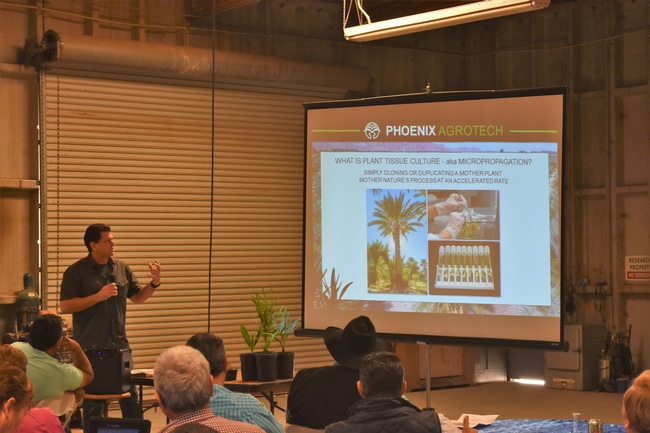
Peggy Mauk, UCCE-UCR Subtropical Horticulture Specialist spoke about establishment of date palms: Tissue Culture vs Off-shoots.
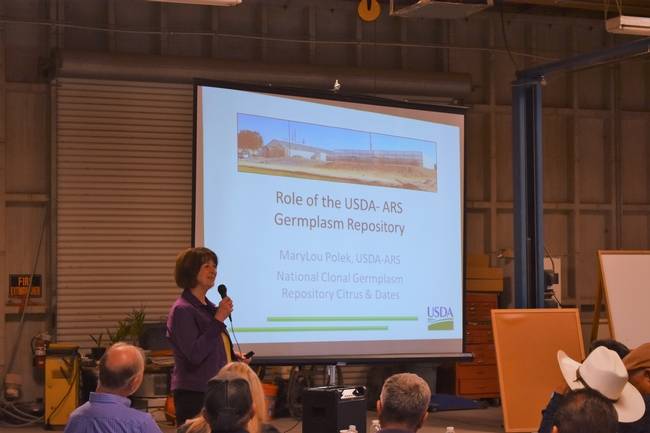
Sonia Rios, UCCE Riverside/San Diego Counties Subtropical Horticulture Farm Advisor spoke about pest issues in date palm, more specifically about weevils . Date palms flourish in high summer temperatures and low humidity which creates a perfect breeding ground and living conditions for pest, especially for the Red palm weevil (Rhynchophorus ferrugineus) (RPW) and South American palm weevil (Rhynchophorus palmarum) (SAPW). The RPW is considered most destructive arthropod pest of palms world-wide. SAPW causes similar damage on smaller scale. Both larvae's can cause economic damage as they feed on palm near apical growing point causing damage, which weakness the tree, and eventually causes death. The SAPW has been eradicated, however the RPW has been slowly showing up in date species in California, threatening the date industry. (Weevil Photos: Mark Hoddle)
The California date industry is worth ~$68 million (NASS, 2015). In 2015, 43,600 tons of dates where harvested. Coachella Valley produces about 95% of the dates consumed in the US. Date palms flourish in high summer temperatures and low humidity climates, which permits their production to certain growing regions. There are many threats to this economically important commodity and the University of California Cooperative Extension and other agencies are committed to assure the date industry thrives locally and globally. The planning committee looks forward to next year's event.
Date Palm Field Day
Date Palms were planted in the Coachella Valley of California, which is approximately two hours east of Los Angeles in the early 1890s. And now, plantings cover over 6,500 plus acres. These acres produce over 40 million pounds of our four primary varieties, which are the Deglet-Noor, the Medjool, the Barhi and the Zahidi.Date palms need plenty of ground water to drink, but high heat and arid weather to produce fruit. Therefore, date palms grow best in hot and arid climates.
Come learn about our date industry in California at the 2017 Date Palm Field Day
Time: 8:00 A.M – 3:00 P.M
Location: Coachella Valley Agricultural Research Station 86501 72nd Ave, Thermal, CA 92274
$15.00/person
Registration link coming soon
(Online registration available on site day of for walk-ins – payment by Card only)
Agenda
8:00 Registration
8:20 Welcome – Sonia Rios, CE Advisor
8:30 Tom Perring, UCR - Pink Hibiscus Mealybug biocontrol
9:00 Robert Krueger, USDA/ARS - Nitrogen assessment of date palms
9:30 Tony Fortier, Phoenix Agrotech - Tissue Culture date palms
10:00 Break
10:15 Peggy Mauk, UCR/CE - Establishment of date palms-Tissue Culture vs Off-shoots
10:45 MaryLou Polek, USDA/ARS - Role of the USDA Germplasm Repository
11:15 TBD
11:45 Lunch
(Included in registration)
1:30 Field tours
If you have any questions contact: Sonia Rios, UC Farm advisor
sirios@ucanr.edu
951.683.6491 Ext. 224

